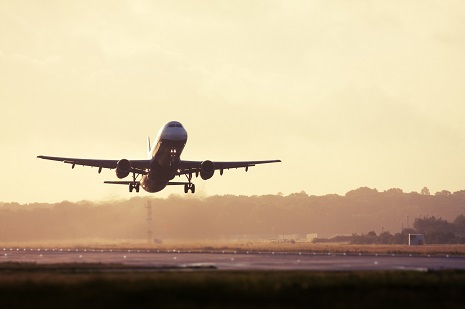
The global outbreak of COVID-19 and the resulting government-imposed travel restrictions devastated both air travel demand and supply, which led to significant financial losses for the industry. Global revenue passenger-kilometers (RPKs) fell by 65.9% (Source: IATA Economics) in 2020 compared to the previous year, with international markets being the most affected.
Domestic aviation markets were more resilient during the pandemic, as control measures were typically less stringent within countries. Indeed, global domestic RPKs fell by 48.7% in 2020 vs. 2019, while the same metric on international routes plummeted by 75.6% over the same period.
So how did the industry adapt their cost and cashflow structures under such a stress?
Managing costs
With the help of IATA´s Airline Cost Management Group (ACMG) program, we were able to observe how airlines changed their cost strategies during the pandemic.
Unsurprisingly, the importance of variable costs tied to traffic activity fell as air travel plummeted amid lockdowns and border closures. Indeed, fuel and oil accounted for approximately 25% of total operating costs before the pandemic (Source: ACMG 2021 Report) – representing the largest operating cost item. In 2020, this cost fell on average to 14% of total operating expenses in the ACMG sample.
However, it is worth noting that the fall in the fuel cost share was driven not only by the decrease in passenger traffic but also by collapsing jet fuel prices.
One of the cost items that significantly grew its share in 2020 was flight deck and cabin crew (combined), that accounted for 21% of total costs in 2020 versus 17% in 2019 (based on 2019 and 2020 ACMG samples). This development can be partly attributed to US airlines in the sample that avoided layoffs thanks to government payroll subsidies.
Doubling down on cargo revenues
The airline industry benefited from a booming air cargo demand at the time when passenger traffic was muted. This had a noticeable impact on the composition of the ACMG reported group’s revenues. In the 2019 ACMG data collection, approximately 7% of airline revenues were coming from air cargo operations. In the 2020 edition, this share rose to 29%, which was broadly in line with the industry-wide average. The importance of ancillary revenues also increased from 4% of total revenues in the 2019 ACMG sample, to 11% in the 2020 sample.
The combined share of cargo and passenger ancillary revenues grew across all regions but Asia Pacific (where it remained unchanged) between 2019 and 2020 ACMG data collections. The increase was the most significant in Africa and the Middle East (from 14% in 2019 to 72% in 2020). Both regions have a high reliance on international traffic which was de facto closed throughout most of 2020 amid pandemic related restrictions. This helps to explain why the share of passenger revenues fell so dramatically there.
Want to know more about industry operational costs and performance?
Airlines interested in benchmarking their operational costs and performance are invited to participate in the 2022 ACMG Data collection, at no cost. For more information on the data submission, please contact us via email.